
This is not an easy question, but our tipps and instructions will help you to be well prepared for the different winter tire obligations in Europe
- Following the winter tyre regulations is extremely important for your road safety during the winter season
- We will help you find out what to consider, when you buy new winter tyres
- Our FAQ will guide you through all questions concerning the winter tyre obligations
Winter tyres: Laws and regulations in Europe Winter 2024/2025
Cold temperatures, ice, and snow cause slippery and difficult driving conditions. For your own safety it is advisable to fit winter tires to your vehicle during the colder season voluntarily. But please note that in several European countries there are laws and regulations that make the switch to winter tires mandatory.
| Country | Winter regulations | Winter period | Studded tires | Minimum tread depth (in mm) |
| Austria | - Winter tires with M+S symbol and/or 3PMSF - Summer tires must be equipped with snow chains on at least one drive axle (if allowed). | 01.11. - 15.04. if winter conditions. | Allowed with spike sticker on car, but forbidden from 01.06. - 30.09. | 4 |
| Belgium | No obligation | Allowed from 01.11 - 31.03. on vehicles not heavier than 3.5T. A "60" km/h plate has to be applied on the back of the vehicles equipped with studs. | 1.6 | |
| Bosnia-Herzegovina | - Winter tires with M+S symbol | 15.11. - 15.04. | Forbidden | 4 |
| Belarus | - Winter tires with M+S or 3PMSF | 01.12. - 01.03. | Allowed | 4 |
| Bulgaria | - Winter tires with M+S symbol / but listed in no obligation - DOT < 5217 can M+S and DOT > 0118 need 3PMSF | 01.11. - 31.03. | Forbidden | 4 |
| Croatia | - Winter tires with M+S symbol | 15.11 - 15.04. | 4 | |
| Czech Republic | - Winter tires with M+S symbol | 01.11. - 31.03. | Forbidden | 4 |
| Denmark | No obligation | Allowed from 01.11. - 15.04. | 1.6 | |
| Estonia | - Winter tires with M+S symbol | 01.12. - 01.03. | Allowed from 15.10. - 31.03. | 3 |
| Finland | - Winter tires with M+S and/or 3PMSF symbol | Mandatory 01.11. - 31.03. if winter conditions. | Allowed from 01.10. - 31.03. or Easter in "winter" conditions. | 3 |
| France | -Winter equipment is mandatory for vehicles driving on roads marked with the B26 and/or B58 sign - Winter tires shall be marked with 3PMSF (Alpine) symbol from 01-11 - 31.03 | 01.11. - 31.03. | Allowed from 01.11. - 31.03. or Easter in "winter" conditions. | 1.6 |
| Germany | In wintry weather conditions vehicles must be fitted with tires marked with 3PMSF | Situational winter tires | Studded tires prohibited. Exception: Route via "Kleines Deutsches Eck" and Emergency Vehicles. | 1.6 |
| Greece | In wintry weather conditions vehicles must be fitted with tyres marked with M+S or snow chains | situational winter tires | prohibited | 1.6 |
| Hungary | No obligation | |||
| Ireland | No obligation | |||
| Italy | - Winter tires with M+S symbol or snow chains on board | 15.11. - 15-04. only where mandatory by local authorities rules. | 1.6 | |
| Kosovo | - Winter tires with M+S symbol | 15.11. - 01.03. | 4 | |
| Latvia | - Winter tires with M+S symbol - DOT < 5217 can M+S and DOT > 0118 need 3PMSF | 01.12. - 01.03. | Allowed from 01.10. - 01.05. | 4 |
| Liechtenstein | No legal requirements (The vehicle must be safe to operate and always be able to be driven). In the event of damage, the insurance company may reduce payments. Only 3PMSF tires are considered winter tires. | Situational winter tires | Permitted for vehicles <7,5 t GVW between 01.11. - 30.04. or on snow covered roads. | 1.6 |
| Lithuania | - Winter tires with M+S symbol | 01.11. - 01.04. | Allowed from 01.11. - 01.04. | 3 |
| Luxembourg | - Winter tires with M+S symbol | Situational winter tires | 1.6 | |
| North Macedonia | - Winter tires with M+S symbol | 15.11. - 31.03. | Forbidden | 4 |
| Montenegro | - Winter tires with M+S symbol | 15.11. - 01.04. | 4 | |
| Netherlands | No obligation | 1.6 | ||
| Norway | - Winter tires with M+S and/or 3PMSF symbol | Norway South: 01.11. - first Sunday after Easter. Norway North: 16.10. - 30.04. | Allowed with spike sticker In South 01.11. - 1st Monday after Easter. In North 16.10. - 30.04. | 3 |
| Poland | - Winter tires with 3PMSF symbol recommended but not mandatory | Forbidden | 1.6 | |
| Portugal | No obligation | 1.6 | ||
| Romania | - Winter tires with M+S symbol | Situational winter tires | Forbidden | 1.6 |
| Serbia | - Winter tires with M+S symbol | 01.11. - 01.04. | 4 | |
| Slovakia | -Winter tires with M+S or 3PMSF symbols. - Winter tires with 3PMSF symbol can be used in lower tire speed symbol (Speed symbol Q - 160 km/h or slower) than the one specified by vehicle manufacturer. - Winter tires with only M+S symbol must follow required tire speed symbol specified by vehicle manufacturer. | 15.11. - 31.03. | Forbidden | 3 |
| Slovenia | - Winter tires with M+S symbol | 15.11. - 15.03. | Forbidden | 3 |
| Spain | No obligation | Forbidden | 1.6 | |
| Sweden | - Winter tires with 3PMSF symbol | 01.12. - 31.03. if winter conditions. | Allowed from 01.10. - 15.04. | 3 |
| Switzerland | No legal requirements (The vehicle must be safe to operate and always be able to be driven). In the event of damage, the insurance company may reduce payments. Only 3PMSF tires are considered winter tires. | Situational winter tires | Permitted for vehicles <7,5 t GVW between 01.11. - 30.04. or on snow covered roads. | 1.6 |
| Türkiye | It is obligatory to equip vehicles used for passenger and goods transport with winter tyres on regional roads in winter period. Within the provincial borders, local governors decide whether to enforce winter tire regulation and make necessary announcements according to average local temperatures. It is obligatory to fit winter tires on all axles of light trucks, vans and taxis, minibuses, vans and commercial cars. Tire replaced on the road in winter must be winter tire with M+S and/or 3PMSF symbol on the sidewall. | 01.12. - 01.04. | Forbidden | 1.6 |
| Ukraine | - Winter tires with M+S and/or 3PMSF symbol | Allowed | 4 | |
| United Kingdom | No obligation |
Despite careful research, we cannot guarantee that the information is correct and complete.
Tyres marked with M+S (Mud+Snow) provide a tread pattern or structure that is designed to deliver performance that exceeds that of a standard tyre in snowy conditions. The M+S label is not subject to a defined test procedure.
Three-Peak Mountain Snowflake (3PMSF) tyres deliver winter performance that is legally certified. These tyres have to pass a test on a snow-covered road and have at least 25% better traction than a standard reference tyre.
Winter tyres from Continental are marked with the snowflake symbol on the tyre wall. Not only do Continental winter tyres easily outperform M+S tyres, they also significantly exceed the requirements of the “Three-Peak Mountain Snowflake“ symbol (3PMSF). The development of winter tyres from Continental is based on many years of experience and practical knowledge gained from using the tyres in the low temperatures found in Scandinavian countries. These special winter tyres offer a distinct advantage for a safe journey on snow-covered or icy roads.
Which tyres are suitable?
Choose the right tyre for safe winter trips. Winter tyres can be identified by special markings on the sidewall of the tyre.
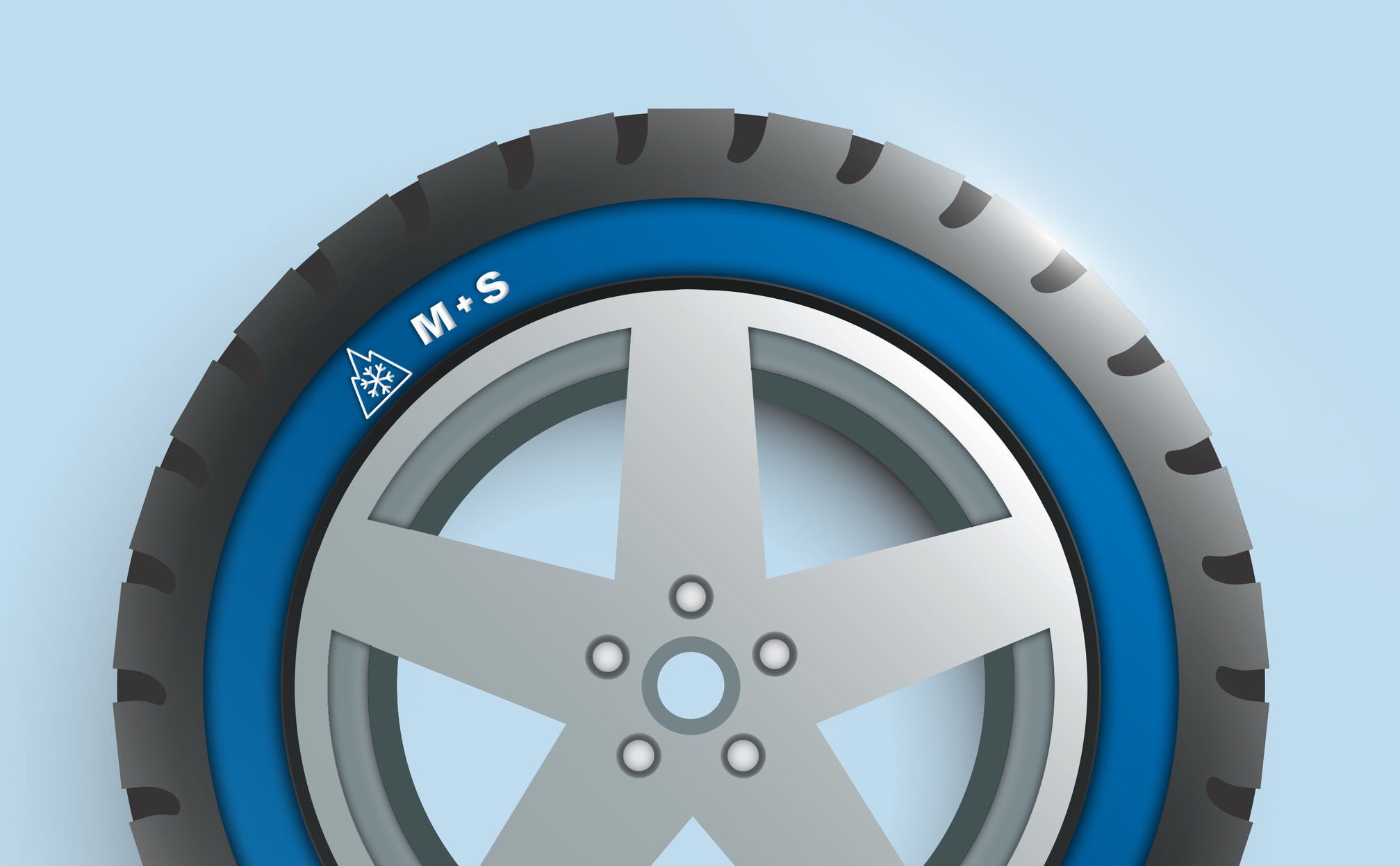
- The 3PMSF (Alpine) symbol means that the tyre meets the industry standards of winter-classified tyres. It is a more stringent certification that recognizes winter tyres according to UNECE regulations (valid in the European Union and various other countries) and the tyre regulations of the United States and Canada. The snow performance of these tyres has been proved to meet or exceed the prescribed limits through objective tests. These tyres provide high performance in terms of safety and control on snow, icy roads, and generally at low temperatures.
- Tyres with an M+S label (mud + snow) are sufficient to comply with the winter tyre regulations across European countries until September 30th 2024.
For a reliable performance on icy and snowy road we recommend Semperit SPEED-GRIP 5. The attractive pattern of this winter tyre and its exceptional shoulder design guarantee a new level of stability in cornering for worry-free winter rides. The innovative technology of the sipe system with different angles ensures excellent grip and handling and shows reliable braking performance. In sum, Speed-Grip 5 combines strong winter features with a reliable dry handling and will impress you on both - dry and wet roads.
Experts do clearly recommend using winter tyres with the three-peak mountain snowflake symbol and a sufficient tread depth – please note different winter tyre regulations across Europe.
FAQs regarding the legal obligation to use winter tyres
Experts say: At a constant low temperature, we advise the use of winter tyres.
Several countries in Europe recommend or stipulate a set date for the seasonal tyre change. The period for winter tyres usually starts in November and ends in April. But of course, it is up to you, whether you start using winter tyres earlier. In case of constant low temperatures or a sudden onset of winter it is advisable to switch to winter tyres. The same applies in spring: if the weather conditions remain cold and wintery you can continue to use your winter tyres.
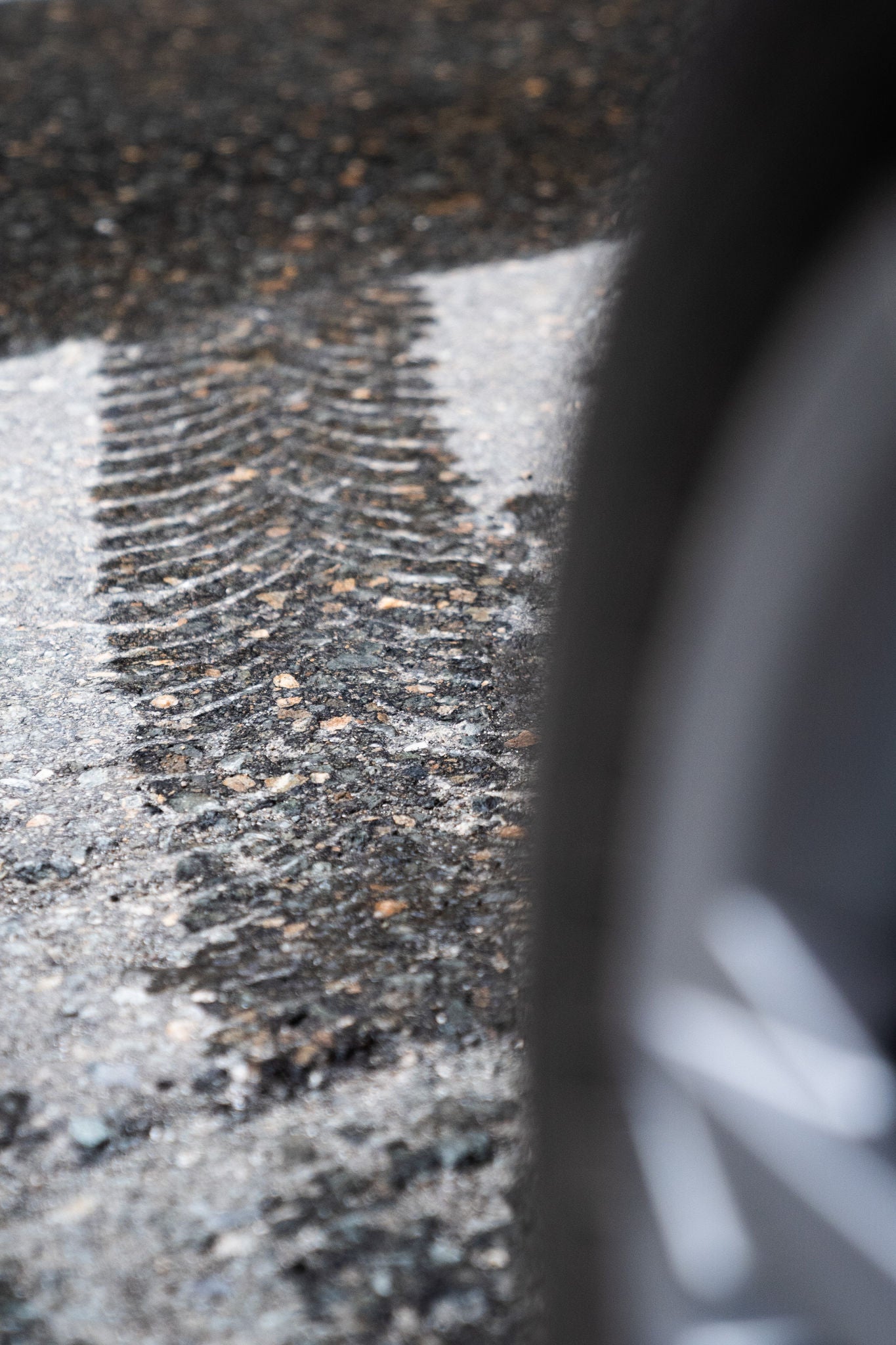
The answer to this question is a clear no. Safe driving on winter roads can only be guaranteed with a set of reliable winter tyres. There are several arguments against the use of summer tyres in wintertime.
- Loss of traction and poor grip
- Lower rolling resistance
- Poor acceleration
- Long brake distances
- Rubber compound of summer tyres can brittle with low temperatures
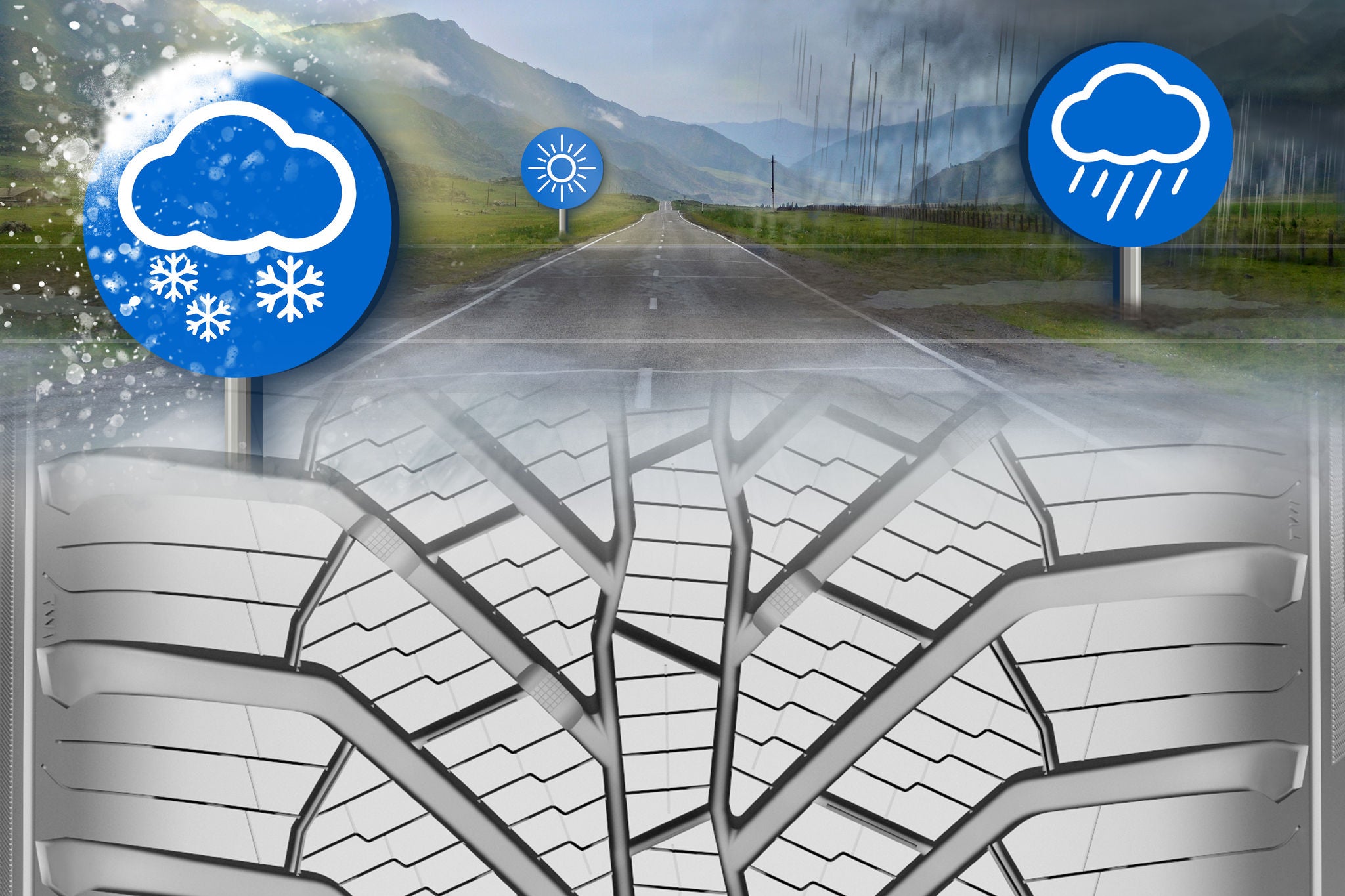
Winter tyres perform the best at cold temperatures due to the rubber compound of the tyres. A higher percentage of natural caoutchouc guarantees a better grip and flexibility, while the profile ensures secure driving on ice and snow by virtue of the profound tread patterns and sipes.
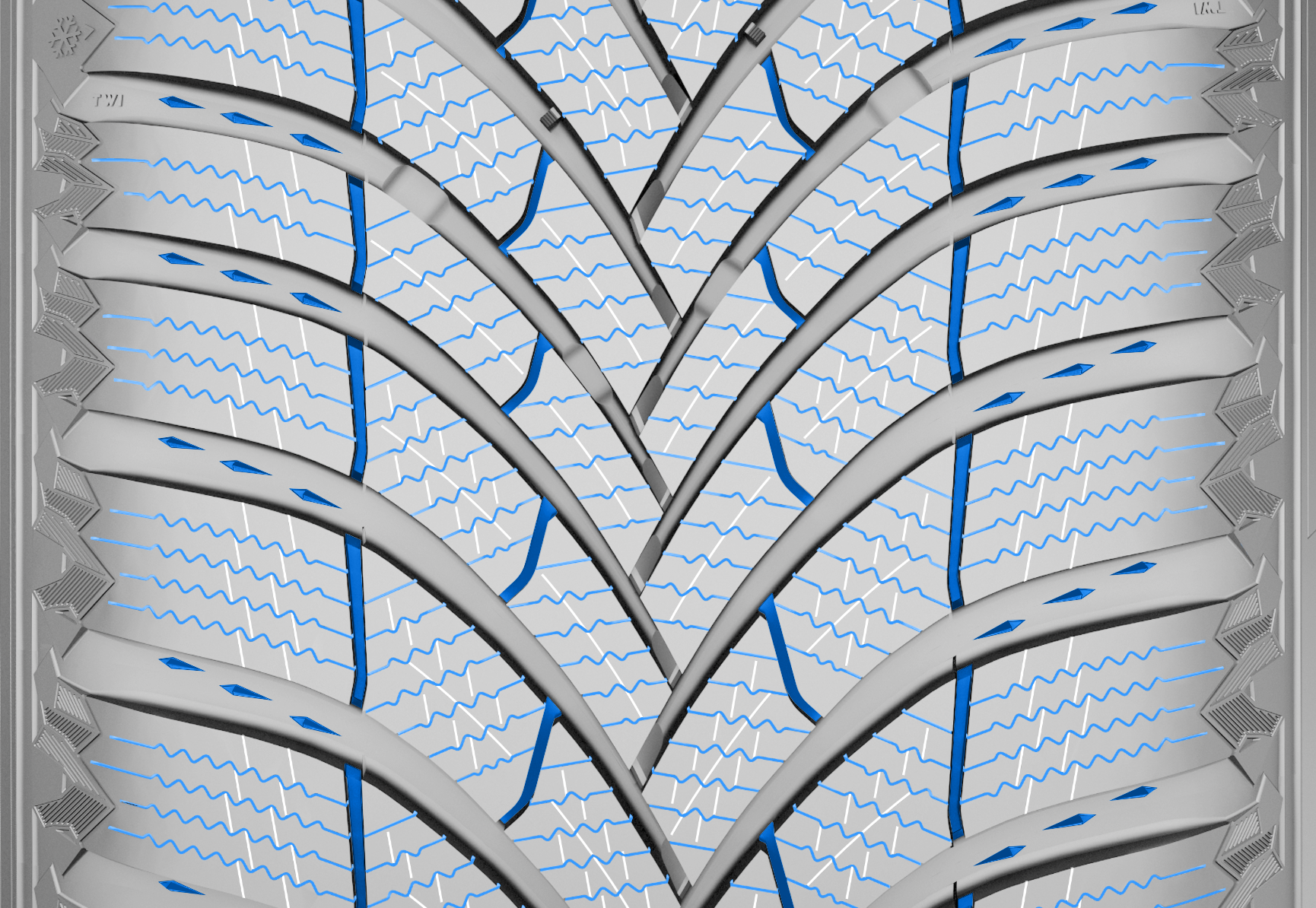
Lower tread depth causes a decline of the braking performance on ice or snow-covered roads. Therefore, it is advisable to keep track of your tyre profile. Legal requirements vary strongly from one country to another. You must absolutely replace tyres when the tread depth falls below 1.6 mm – this is not only unsafe but also illegal. Some countries do request even higher standards though – e.g. Finland and Norway: 3 mm, Romania: 2 mm, Serbia or Austria: 4 mm.
We recommend consulting local laws and considering the regional weather conditions before taking a trip abroad in winter. For your own security please consider that tyre performances decrease with the tread depth.
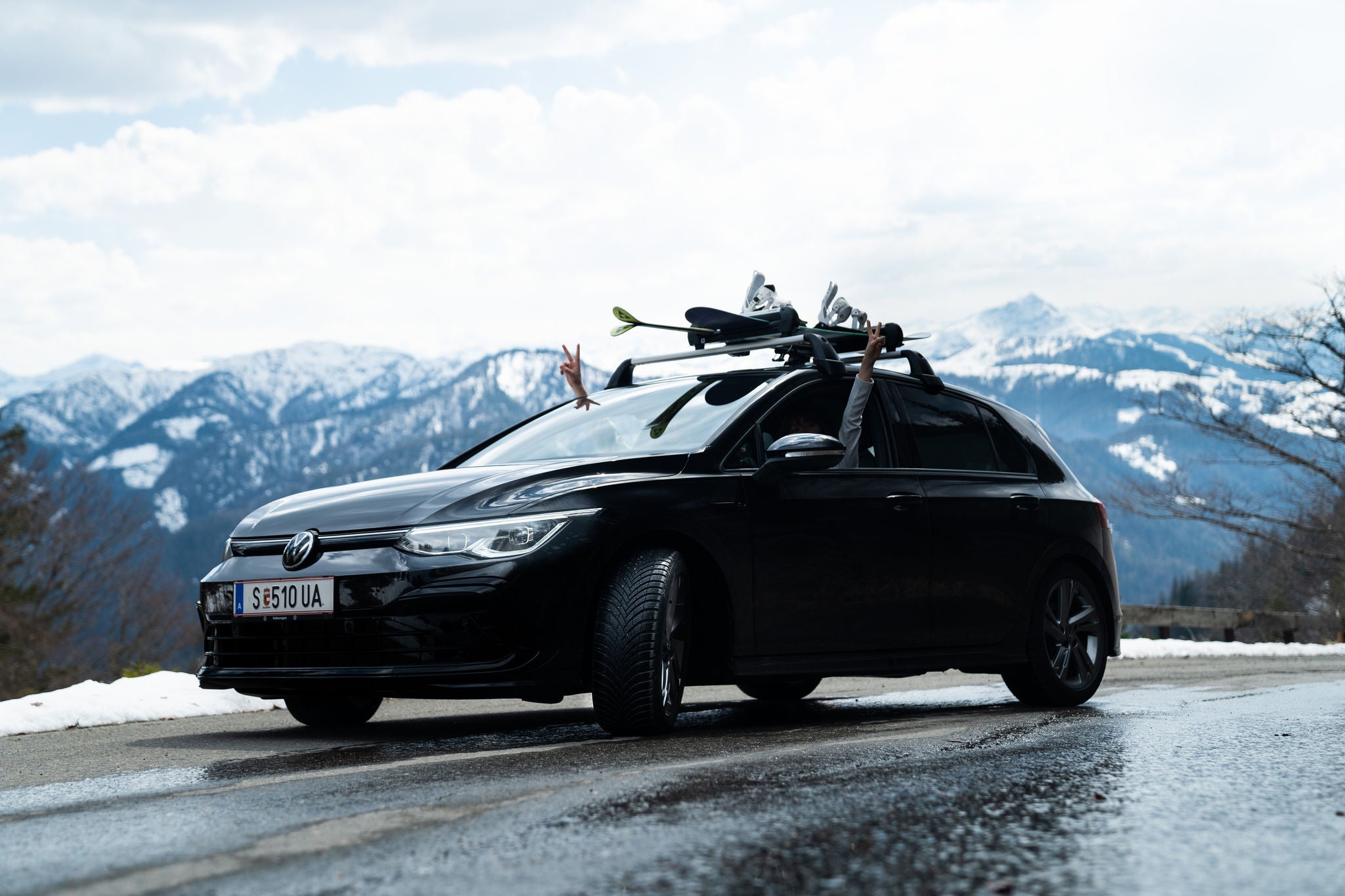
Related topics
-
 2023/08/02Buying winter tyres► Buying winter tyres - what you need to consider! ► Tread depth, tyre pressure etc. ► What makes good winter tyres.Read more
2023/08/02Buying winter tyres► Buying winter tyres - what you need to consider! ► Tread depth, tyre pressure etc. ► What makes good winter tyres.Read more -
 2023/03/31EU tyre labelBased on the three criteria safety, fuel efficiency and noise, the EU Tyre Label provides information on the environmental and safety characteristics of a tyre.Read more
2023/03/31EU tyre labelBased on the three criteria safety, fuel efficiency and noise, the EU Tyre Label provides information on the environmental and safety characteristics of a tyre.Read more -
 2023/03/31Maximum gripOn the road or on the slopes - you can't do it without great grip on snow and ice! ► The fun of skiing and snowboarding.Read more
2023/03/31Maximum gripOn the road or on the slopes - you can't do it without great grip on snow and ice! ► The fun of skiing and snowboarding.Read more